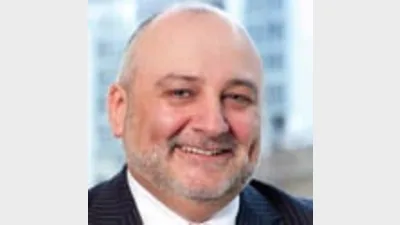Improve PI risk modelling: FPA



The Financial Planning Association (FPA) would like to see a better model used for pricing individual risk that would potentially bring down the costs of professional indemnity (PI) insurance, according to FPA chief professional officer Deen Sanders (pictured).
The hardening of the PI insurance market has continued over the last few years, and the easing of certain requirements by the Australian Securities and Investments Commission (ASIC) has done nothing to bring down the cost of premiums, said Sanders.
He addded that PI premiums in the last year alone have gone up between 10 and 20 per cent, even though there has not been the same level of claims activity. He also noted that since the inception of the FPA’s PRO PI service there had been no claims by members.
“There is very little pricing for individual business risk, which is the model that we would like to see,” he said, adding that the FPA was disappointed with the PI insurer underwriting marketplace. “It’s much more of a blanket pooling approach, so all players seem to be tarred with the same brush.”
But Mega Capital managing director Michael Gottlieb said that insurance pricing went through cycles, adding that the last few years had seen a hardening of the market due to high claims frequency and severity.
“We’re starting to see that cycle ease and we’re certainly not seeing the same level of increasing rates that we’ve seen over the last two years,” he said.
He argued that risks were assessed on an individual basis within parameters and that generally all forms of insurance were based on a pooling methodology.
“This is arguably the only way that insurers can build up a sufficient premium pool to pay claims,” he said.
Gottlieb explained actuaries developed a model based on the claim activity in a sector, and then determined the premium amount required from that industry to satisfy the claims.
“Generally this results in a range usually expressed as a percentage of revenue, and it is the role of the underwriters to determine the risk profile of each individual business and therefore apply the appropriate rate within the actuarially determined band,” he said. “There is pooling which may not be a perfect solution, but practically I’m not sure that there is another way.”
Sanders said an industry compensation scheme might “address those clear market failures that have tended to discriminate against financial planning practices”.
“Those practices that breach the law and go into involuntary administration could be catered for by a broader industry pool rather than needing to be met by a PI policy,” he said.
Gottlieb said it would make a material difference if insurers had to pick up fewer claims, but he questioned how the scheme would be structured. He said it would make sense during periods of low claims activity.
“But when the cycle turns, claims can be severe and frequent, and that’s what we’ve had in the last two years,” he said.
Recommended for you
The Financial Advice Association Australia has appealed to licensees to urgently update their FAR records as hundreds of advisers are set to depart by the end of the year.
Demand for robo-advice tools is rising, a report has shown, but this is occurring simultaneously with rising demand for professional face-to-face advice.
ASIC has released the results of the latest financial adviser exam, held in November 2025.
Winners have been announced for this year's ifa Excellence Awards, hosted by Money Management's sister brand ifa.











